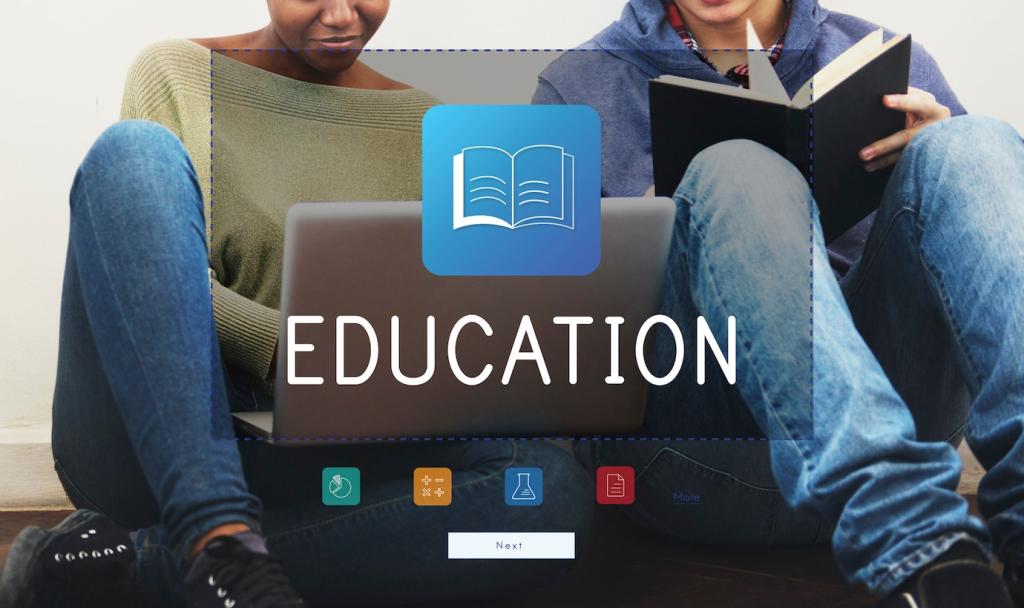The First Ten Minutes: Onboarding That Sets Momentum
Remove password hurdles with single sign-on, progressive profiling, and auto-save for stalled forms. A friendly checklist explains first steps without nagging. Fewer fields, clearer next action, more momentum. What onboarding friction frustrates your learners most? Tell us, and subscribe for upcoming patterns.
The First Ten Minutes: Onboarding That Sets Momentum
Orientation content should answer what matters now: where to start, how to get help, and how progress is measured. A short, focused tour and a visible help button lower cognitive load. Try scripting yours today and share your outline with us.






